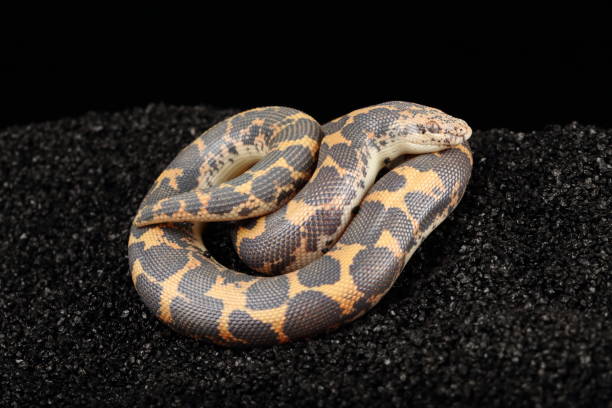Kenyan Sand Boa Care
Natural history:
Kenyan Sand Boas (Eryx colubrinus) are a small (18-36 inches long) docile species native to arid and semi-arid environments of East Africa and are typically crepuscular to nocturnal (active at dawn/dusk and night). Females typically grow larger than males and are ovoviviparous (eggs are incubated internally and then hatched to give birth to live young). With good care, a lifespan of 15-20 years is expected.
Enclosure size:
At minimum, 36"L x 18"W x 18"H. Solitary housing is recommended.
UVB lighting:
Although not strictly required, low intensity UVB lighting for 6-12 hours daily is recommended (such as Zoo Med T5 HO Reptisun 5.0 or Arcadia ShadeDweller. Replace your UVB bulb every 6-12 months.
Substrate:
Sand boas are fossorial (burrowing) and require deep substrate (at least 3-4 inches) such as reptile sand or aspen shavings to allow full submergence. Substrate should be spot cleaned as needed and fully replaced at least every 3 months. Cork flats are good additions for decoration and enrichment.
Temperature:
Provide a temperature gradient of 75-80F on the cool end and 95F in the basking area during the day, and temperatures of 70-75F at night without supplemental heat.
Humidity:
Provide a humid hide with a humidity of 50-60% during shedding and shallow water dish.
Diet / feeding:
Feed babies every 5-7 days, juveniles every 1-2 weeks and adults every 2-4 weeks. Whole prey, ideally frozen thawed rodents or reptilinks is recommended. Live prey can cause injury. Feeding in a separate clean container / tote can be helpful to prevent accidental ingestion of substrate and impaction.
Veterinary care:
All reptiles should have an annual physical and fecal examination.



